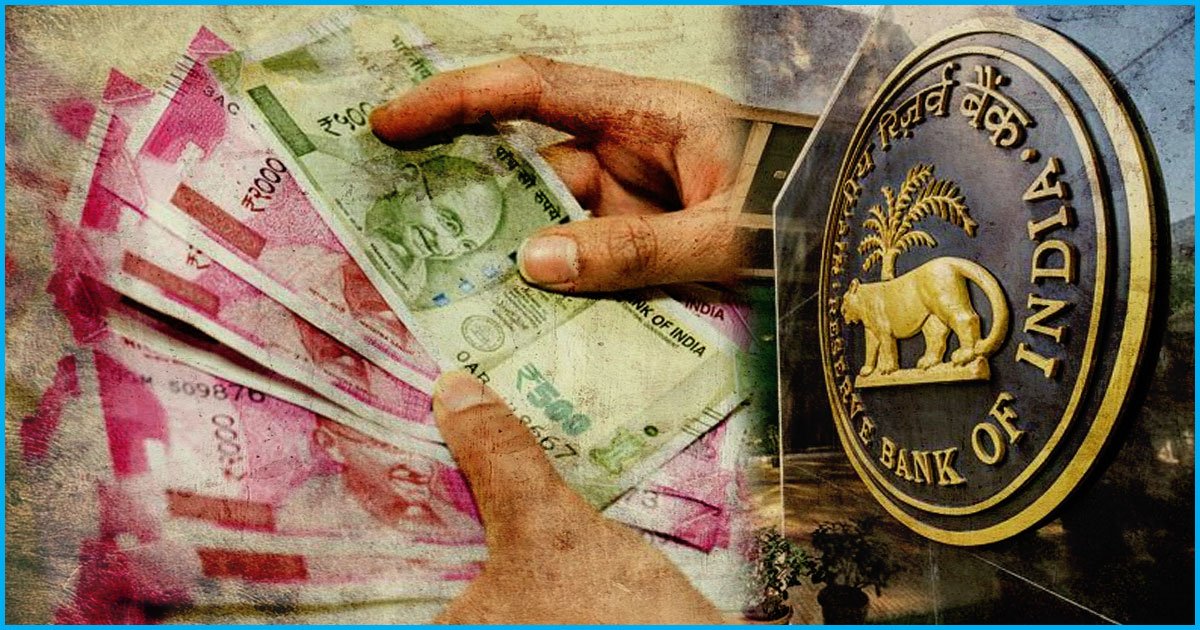
India's NPA Has Crossed Rs 8.5 Lakh Crore
21 Dec 2017 9:05 AM GMT
Minister of State for Finance Shiv Pratap Shukla informed Lok Sabha that the Gross Non-Performing Assets (NPA) had crossed Rs 8.5L crore by the end of September 2017.
In his written statement to the house, he said, “Reserve Bank of India (RBI) has informed that the growth in provisions for NPAs of Public Sector Banks (PSBs) in the first half of the current financial year (as on September 30, 2017, over March 31, 2017) was 9.5 percent.”
Additionally, RBI has issued directions to certain banks to initiate insolvency process under the Insolvency and Bankruptcy Code, 2016 for referring 12 accounts with fund and non-fund based outstanding amount higher than Rs 5,000 crore and with 60% or more classified as non-performing as of 31 March 2016.
These 12 accounts constitute about 25% of the gross NPAs of the banking system. RBI has issued directions to banks regarding few more accounts in the time frame of six months, failing which insolvency process will be initiated among them as well.
What is NPA?
Bank forms the backbone of the economy of any country. Bank loans fuel the consumer expenditure.
Bank loans a certain amount to a person or a company on an agreement that the loan taker would return the principal amount along with a pre-agreed interest. When this amount is regularly paid by the customer, this amount is categorized the loan amount as “Performing Assets.”
However, if the customer fails to make the payment in time, this amount is categorized as “Bad Loan.” This bad loan then is converted into “Non-Performing Assets,” if it continues to stay in this state for a fixed period.
Banks take a lot of care while disbursing the loans; however, due to unforeseen circumstances, some loans become NPA. To avoid such situation, the bank sets aside a certain amount to cover a future liability. This helps to keep the bank in good financial health.
How serious is the issue of NPA in India?
NPAs are a huge problem for developing countries like India. For the longest time, the problem of NPAs was ignored by the Indian Banks.
As per the Financial Stability Report 2017, released by RBI, India’s Gross NPA stands at 9.6%, which includes the total of all stressed assets held by all the leading institutes of the country. In the list of leading economies of the world, India is only behind Italy. Italy’s NPA stands at 16.4%. China, whose economic growth is primarily based on the borrowings, has only 1.7% NPA.
NPA of India by June 2017 was 829338 crores, and the GDP was 1138994 crores. The GDP to NPA ratio was 7%, which is huge.
It should be noted that the issue of Bad loans can adversely affect the economic growth of the country and the data collected by the Ministry of Statistics and Programme Implementation and compiled by the World Bank testifies the same.
Steps Taken to Deal With NPA
The present government has launched attacks on the previous UPA-regime for the huge accumulation of bad loans, saying NPAs are a legacy issue. Whether this is true or not is debatable, but indeed, the government has taken steps to tackle this problem. One of the steps taken is giving the central bank to direct banks to take action against the defaulters and passage of Insolvency and Bankruptcy Code (IBC). This, however, may not show immediate results.
The Financial Resolution and Deposit Insurance (FRDI) is the government’s latest attempt at tackling the issue of NPA. The FRDI bill is aimed at insuring the money of the banks’ depositors in the situation where the bank may have to be liquefied. The bill proposes setting up of a Resolution Corporation whose direction and management rests with the board and is subject to terms and conditions of the act.
This act has also invited the ire of depositors and bank employees since it compromises the interests of the depositors and gives the government absolute powers in deciding the fate of the bank if such a situation arises.
NPA issue can cripple a country’s economy. It is important that appropriate steps are taken to solve this problem. The piling up of bad loans in the last few years is a wakeup call for the government. Hopefully, in the coming days, RBI is successful in liberating the country of this problem.
 All section
All section













